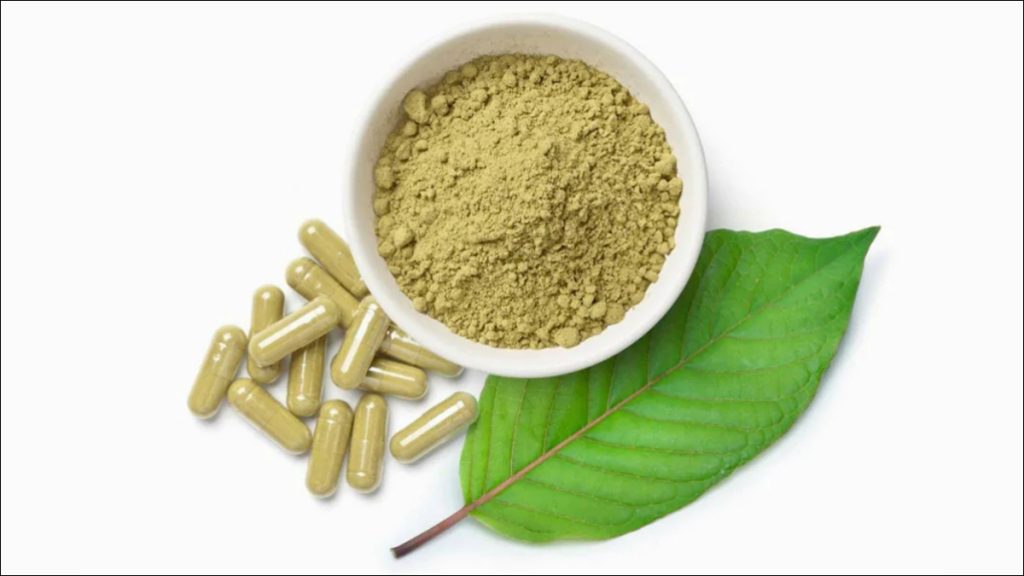Kratom, scientifically known as Mitragyna speciosa, is a tropical tree native to Southeast Asia. It has gained popularity in recent years as an alternative remedy for managing pain. Understanding the science behind kratom’s pain-relieving properties involves exploring its active compounds, mechanisms of action, and potential benefits and risks. One of the key components of kratom is mitragynine, a naturally occurring alkaloid that acts on the body’s opioid receptors. Mitragynine binds primarily to mu-opioid receptors, similar to traditional opioid drugs like morphine but with a different chemical structure. This interaction plays a crucial role in kratom’s analgesic pain-relieving effects. Kratom also contains another important alkaloid called 7-hydroxymitragynine, which is believed to enhance the pain-relieving properties of the plant. These alkaloids work in synergy to produce pain relief by modulating neurotransmitter activity in the brain and spinal cord.

The mechanisms through which kratom alleviates pain are complex and not yet fully understood. However, research suggests that it may exert its effects through various pathways, including: Mu-opioid receptor activation: By binding to mu-opioid receptors, kratom compounds can mimic the actions of endogenous opioids, best kratom for pain leading to pain relief and potentially euphoric effects. Serotonin and dopamine modulation: Kratom’s alkaloids can influence the release and reuptake of neurotransmitters like serotonin and dopamine, which play roles in mood regulation and pain perception. Noradrenergic system modulation: Kratom may also affect the noradrenergic system, which is involved in the body’s response to stress and pain.
Despite its potential benefits for pain management, kratom also carries risks and controversies. One concern is its addictive potential, as prolonged use can lead to dependence and withdrawal symptoms upon cessation. Additionally, the U.S. Food and Drug Administration FDA has raised safety concerns regarding kratom products, citing risks of addiction, overdose, and adverse effects such as seizures, liver damage, and respiratory depression. The dosage and frequency of kratom use also play a crucial role in its safety and effectiveness for pain relief. Lower doses are often associated with stimulating effects, while higher doses are more likely to produce sedative and analgesic effects.
However, finding the optimal dose can be challenging due to variations in kratom potency and individual differences in metabolism and tolerance. Furthermore, the legality of kratom varies by region, with some countries and states banning its sale and possession due to safety and regulatory concerns. It is essential for individuals considering kratom for pain management to research local laws and regulations before using the plant. kratom’s potential for pain relief stems from its active alkaloids, primarily mitragynine and 7-hydroxymitragynine, which interact with opioid receptors and modulate neurotransmitter activity. While it may offer benefits for some individuals struggling with pain, caution is warranted due to potential risks, including addiction, adverse effects, and legal issues. Consulting healthcare professionals and staying informed about the latest research can help individuals make informed decisions about using kratom as a pain management tool.